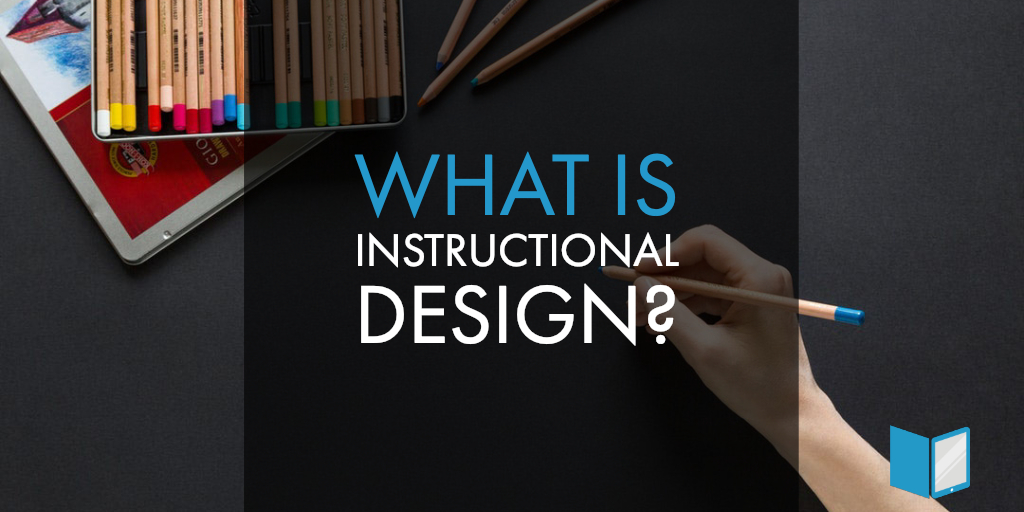Have you ever taken an online course, used a workbook, or filled out a study guide? If so, surprise surprise, you’ve experienced the result of instructional design. Instructional design is, simply put, the process of creating and delivering optimally effective learning material. Instructional design encompasses everything from product design, to course development, to content delivery - a beginning to end process. Whether you’re a publisher, educator, or training org within a business, understanding how quality learning material comes to fruition is worth your while.
What Instructional Design Is All About
All those worksheets you did in school didn’t appear by magic. They had to be planned out, carefully designed, and thoroughly researched. If they weren’t, you probably noticed. Poorly designed learning materials lack the organization, visual appeal, and clarity that guide students to positive learning outcomes. Deciding which approach will work best can’t be left to assumptions. Instead, instructional designers work like educational architects to see how the parts of a learning program come together to create a cohesive and effective experience.
How It’s Done
Instructional designers strive to facilitate learning through their delivery of learning materials. To do so requires assessing student needs carefully, planning out a learning path, and developing those materials to best align. The materials created can be anything from online courses to video tutorials and learning simulations, but it’s what happens next that makes all the difference. After the materials are developed, they must be evaluated to find out which elements were effective, and which still need improvement. This applies to learning in the workplace as well. Instructional design establishes a systematic process for designing an efficient training program.
Instructional designers leave little up to chance. Their methods of development originate from instructional theories and models to design programs that have the maximal odds of successfully imparting new skills or knowledge.
Getting Started with Instructional Design
In your initial exploration of instructional design, you’ll come across terms like instructional technology, curriculum design, learning experience design, and instructional systems design. While there are nuances to each, they are often used as synonyms. Regardless of what you call it, the basics are identical. To begin designing more effective learning material, whether for online courses or employee training, it comes down to a few critical components:
- Analysis - To create ideal learning material, understanding the learners you serve is a must. Why are they studying the subject? Why is a learning solution required? What are the goals of the course? This assessment is what drives the development of learning objectives and dictates the method of content delivery.
- Design & Development - This stage includes the most hands-on aspects of instructional design: the outlining, drafting, and development of the curriculum, lesson plans and any other learning material deemed beneficial to the learning process.
- Implementation - Now it’s time to put your clever design strategy to the test. To find out how the learning material performs in a real-world setting, the next step is to share it, including all workbooks, assessments, and video demonstrations, on a provisional basis.
- Evaluation - Without evaluating the success of the learning solution, instructional design would be guesswork. The methods of evaluation used depend on the learning objective in question, but the basics are simple. Did the course do what it was designed to? If the employees who completed training are succeeding back on the job, that’s a good sign. There are several in-depth evaluation models to choose from as well, including the Learning-Transfer Evaluation Model, Kirkpatrick’s Four levels of Training Evaluation, the Philips ROI Methodology, and several others.
Using Instructional Design Models
ADDIE (Analysis, Design, Development, Implementation, and Evaluation) is a highly popular model, but it’s not the only one out there. Some modern approaches focus on fast-paced, repetitive approaches in which a learning solution is designed rapidly, tested, and revised over and over again until the product meets the standards of stakeholders. There are many models to try, including Kemp Design Model, the Successive Approximation Model, and several more. Every method works as long as you don’t skip steps!
Instructional Design: Essential for 21st Century Learning
No matter the size or scope of your unique learning solution goals, the development of consistent instructional design processes will ensure your content hits the mark. Consider opting for more agile design models and diving into user experience design as well to provide the most up to date, relevant, and effective learning experience possible.
If you need help providing these kinds of solution to your readers, students or employees, you've come to the right place. Gutenberg Technology provides a variety of tools that can support you in crafting impactful learning material.






Leave a comment